In the field of medical injection molding, surface wrinkles and pitted surfaces are typical defects that impact the functionality and biocompatibility of products. Taking infusion set drip chambers as an example, wrinkles can obstruct the observation of liquid flow, while pitted surfaces can serve as micro-environments for bacterial growth, directly threatening patient safety. This article systematically analyzes the causes of these two types of defects and proposes targeted solutions based on the special requirements of the medical industry.
I. Causes and Countermeasures for Wrinkle Defects
(A) Imbalanced Material Flowability
Causes: Medical-grade polycarbonate (PC) or polypropylene (PP) may experience restricted flow at the melt front during the injection stage due to insufficient temperature or excessive shear stress. For instance, when the injection speed exceeds the critical value, vortices form at the corners of the mold cavity, causing local accumulation.
Solutions:
-
Temperature Gradient Optimization: Employ a three-stage heating system. For PC, set the barrel temperatures to 240°C at the front section, 220°C in the middle section, and 200°C at the rear section to ensure uniform plasticization of the melt.
-
Multi-stage Injection Control: Fill the runner at 80% of the injection speed in the first stage, reduce it to 40% at the gate in the second stage, and complete cavity filling at 60% in the third stage to prevent melt rupture.
(B) Mold Design Defects
Causes: When the wall thickness difference of medical products exceeds 3:1, the tensile stress generated by the cooling shrinkage in thick-walled areas can deform thin-walled regions. For example, the connection between the reinforcing ribs and the body of an injection syringe piston is prone to wrinkles.
Solutions:
-
Balanced Wall Thickness Design: Use Moldflow simulation to control the wall thickness difference within 2:1. Set a 0.3mm transition fillet at the root of the reinforcing ribs.
-
Venting System Optimization: Open a 0.02mm-deep venting slot at the end of the mold cavity and use a vacuum pump to maintain the cavity pressure at -0.08MPa, preventing gas compression from obstructing melt flow.
(C) Mismatched Process Parameters
Causes: Insufficient packing pressure or short packing time can lead to uneven shrinkage of the melt during the cooling stage. For example, a certain brand of infusion tube connector developed 0.5mm-deep circumferential wrinkles due to a packing time of only 1.2 seconds.
Solutions:
-
Packing Pressure Curve Setting: Adopt a stepped packing method. Maintain 85% of the injection pressure for the first 3 seconds, then gradually reduce it to 60% over the next 5 seconds.
-
Cooling Time Control: Calculate the cooling time based on the product thickness to ensure the core layer temperature drops below the material's glass transition temperature before mold opening.
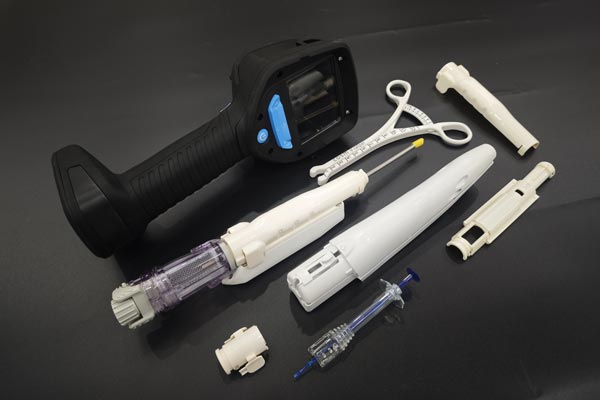
II. Causes and Countermeasures for Pitted Surface Defects
(A) Material Contamination and Degradation
Causes: The presence of 0.1% metal powder in medical-grade polyoxymethylene (POM) raw materials or a moisture content exceeding 0.2% can generate decomposed gases during processing.
Solutions:
-
Raw Material Pre-treatment: Use a desiccant dryer to reduce the raw material moisture to below 0.02%. Set the drying temperature to 120°C and the time to 4 hours.
-
Filtration Device Upgrade: Install a 10μm metal screen at the front end of the barrel and regularly clean the carbonized materials in the screw and barrel.
(B) Deterioration of Mold Surface Condition
Causes: A mold cavity surface roughness exceeding Ra0.4μm or the presence of scratches over 0.05mm can cause turbulent flow of the melt.
Solutions:
-
Surface Treatment Process: Apply a titanium nitride (TiN) coating to the mold cavity surface to increase the surface hardness to above HV2000 and reduce the roughness to Ra0.2μm.
-
Regular Maintenance System: After every 50,000 pieces produced, use a laser interferometer to detect the cavity dimensions and a three-coordinate measuring machine to inspect the surface morphology.
(C) Process Parameter Fluctuations
Causes: Injection speed fluctuations exceeding ±5% or melt temperature deviations exceeding ±3°C can lead to unstable advancement of the melt front.
Solutions:
-
Closed-loop Control System: Install pressure sensors and infrared thermometers to adjust the screw speed and heater power in real-time, keeping process parameter fluctuations within ±1%.
-
Multi-stage Injection Strategy: Adopt a "slow-fast-slow" three-stage injection method. Fill 10% of the cavity at 20% speed in the first stage, 70% at 80% speed in the second stage, and complete filling at 40% speed in the third stage.
III. Quality Control under Special Requirements of the Medical Industry
(A) Biocompatibility Assurance
-
Clean Production Environment: Produce in a Class 10,000 clean room. Personnel should wear dust-free clothing and use EO sterilization-grade mold release agents.
-
Internal Stress Control: Eliminate residual stress through annealing treatment. Place the products in an 80°C oven for 2 hours and then cool them slowly.
(B) Verification and Traceability System
-
Process Capability Analysis: Sample 20 pieces from each batch for CT scanning and calculate the Cpk value to ensure it is ≥1.33.
-
Digital Traceability: Use RFID chips to record the process parameters of each product, enabling full life-cycle quality traceability.
IV. Typical Case Analysis
A medical breathing mask interface produced by a certain enterprise developed periodic wrinkles. After detection, it was found that:
-
Root Cause: A 0.03mm machining error existed in the mold cavity, causing an imbalance in melt flow.
-
Solutions:
-
Correct the cavity dimensions using electrical discharge machining.
-
Adjust the injection speed curve to implement a 0.5-second delayed injection in areas prone to wrinkles.
-
Implementation Effect: The product qualification rate increased from 82% to 99.5%.
Conclusion
The quality of medical injection-molded products directly relates to patient safety. Controlling wrinkle and pitted surface defects requires establishing systematic solutions from multiple dimensions, including material selection, mold design, process optimization, and equipment maintenance. By implementing the ISO 13485 medical quality management system and combining Failure Mode and Effects Analysis (FMEA), the defect rate can be continuously reduced. In the future, with the development of intelligent injection molding technology, AI-based real-time optimization of process parameters will become a new direction for solving such defects.
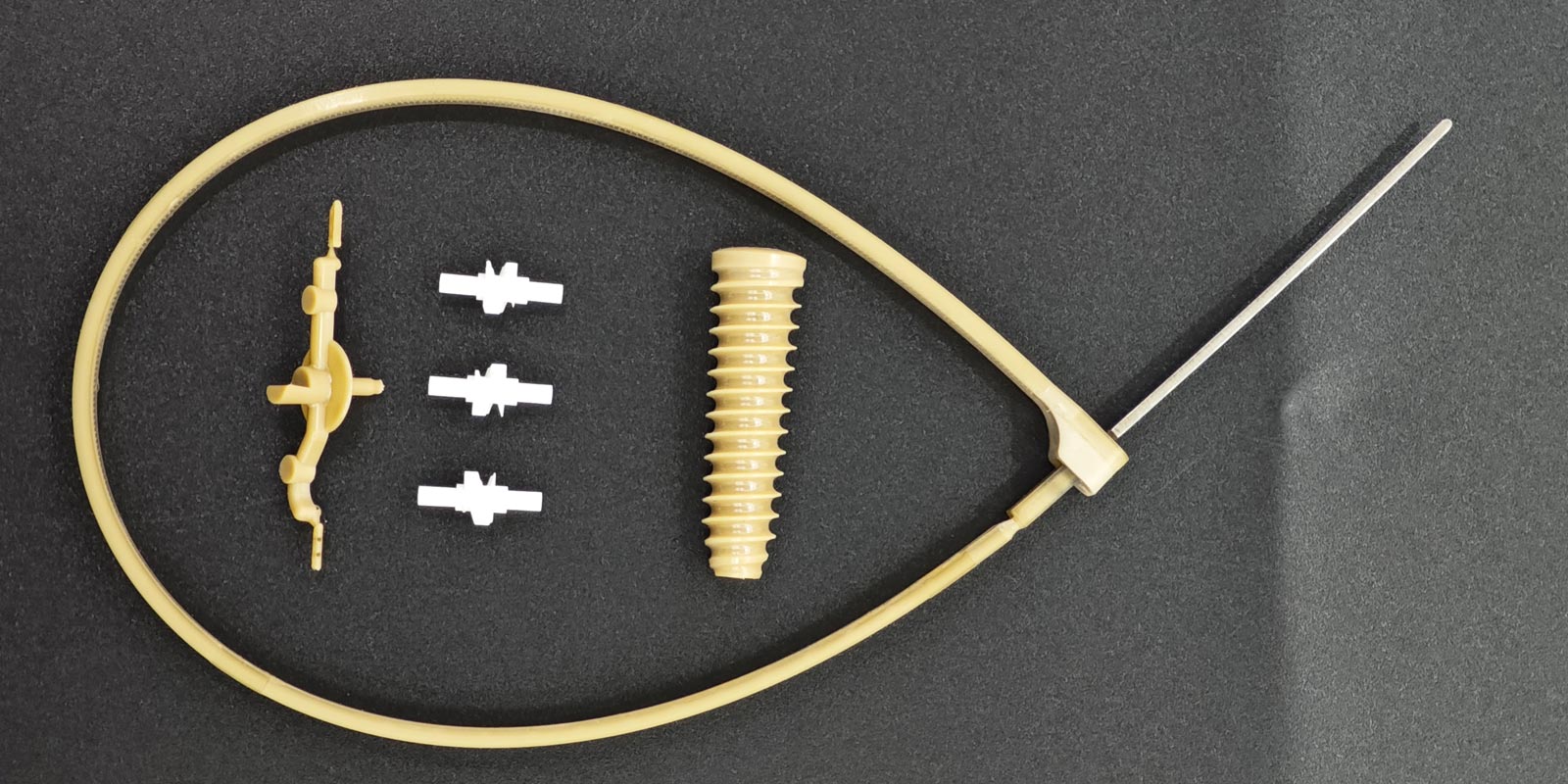
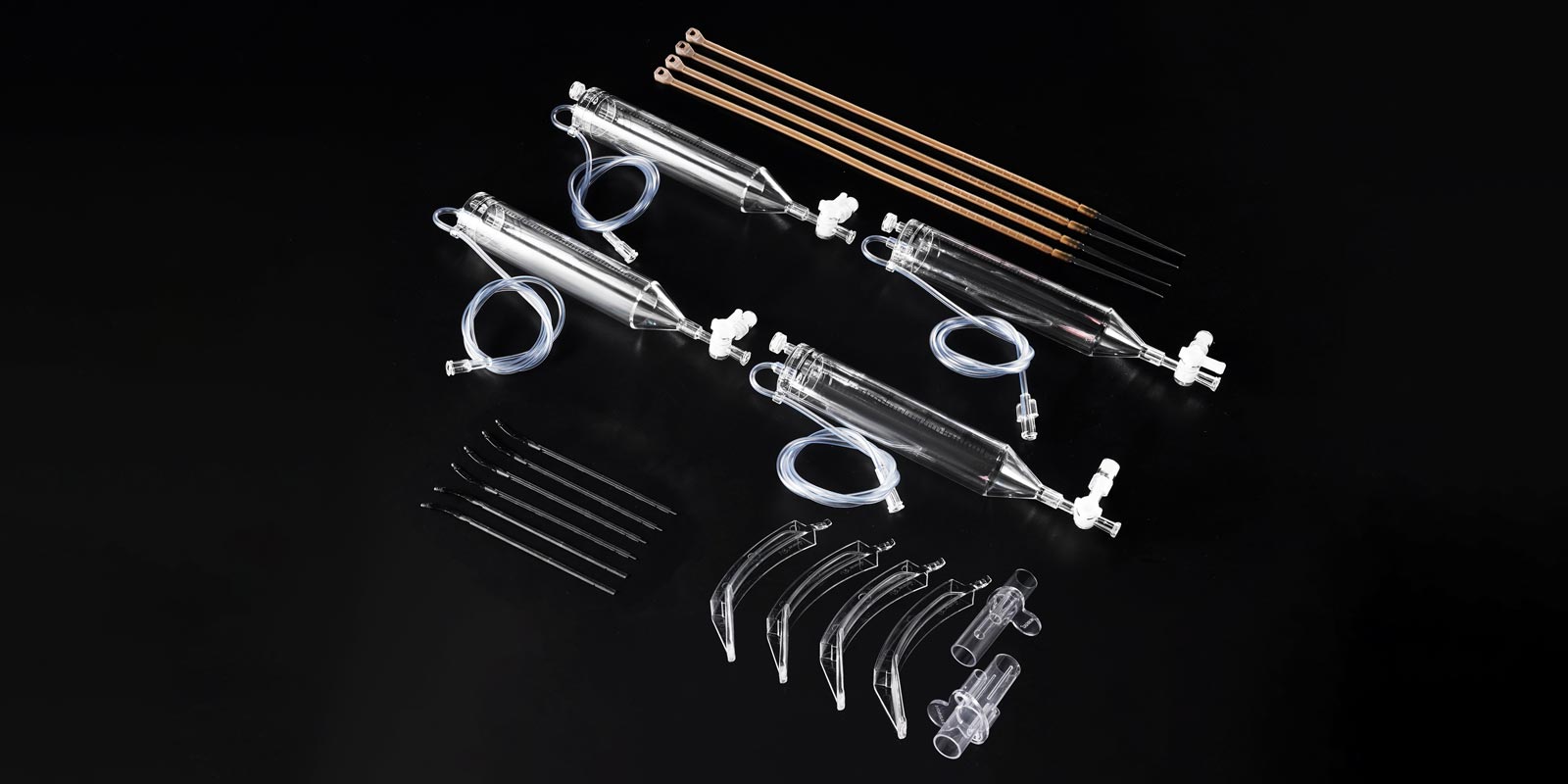

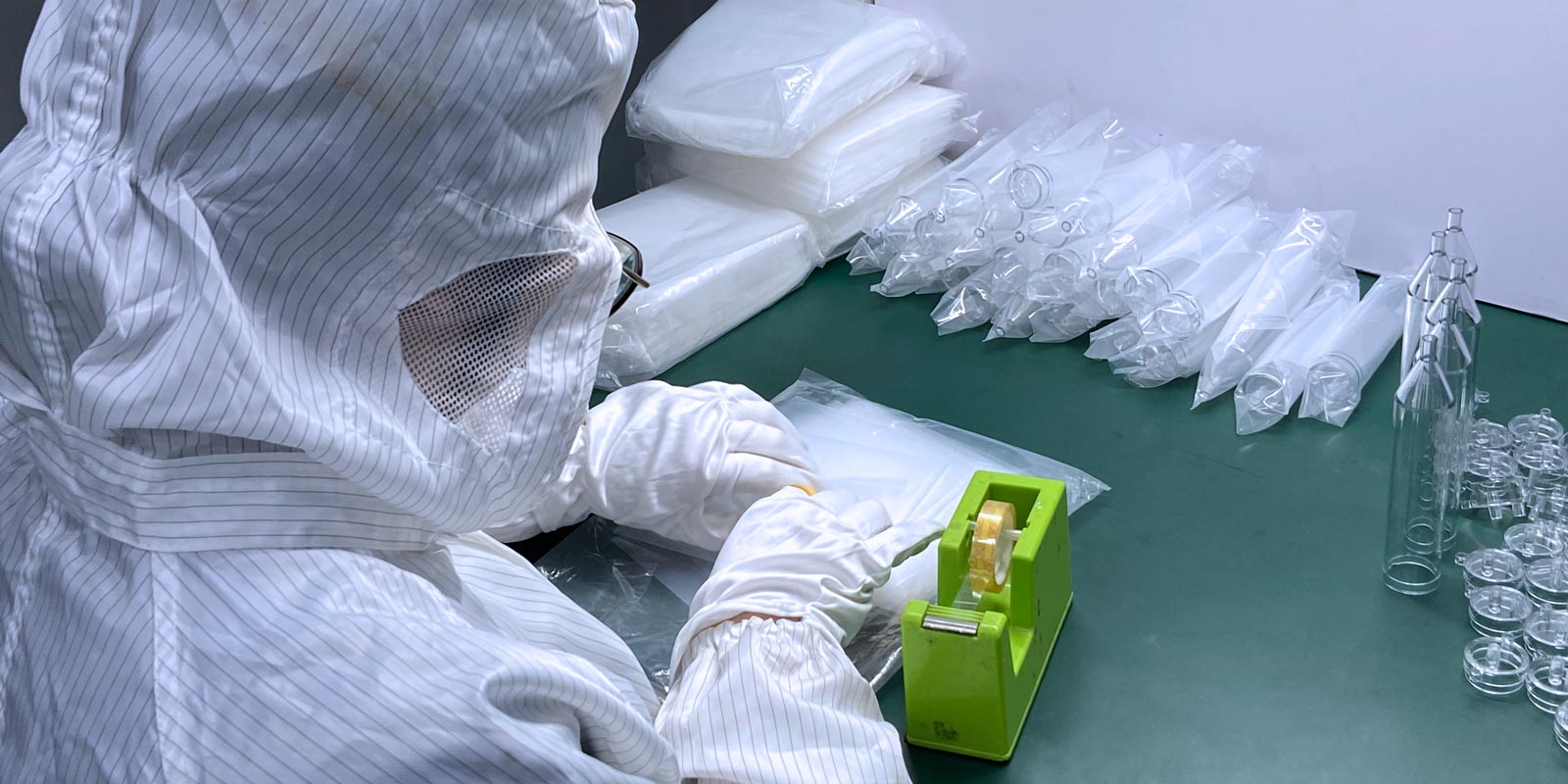
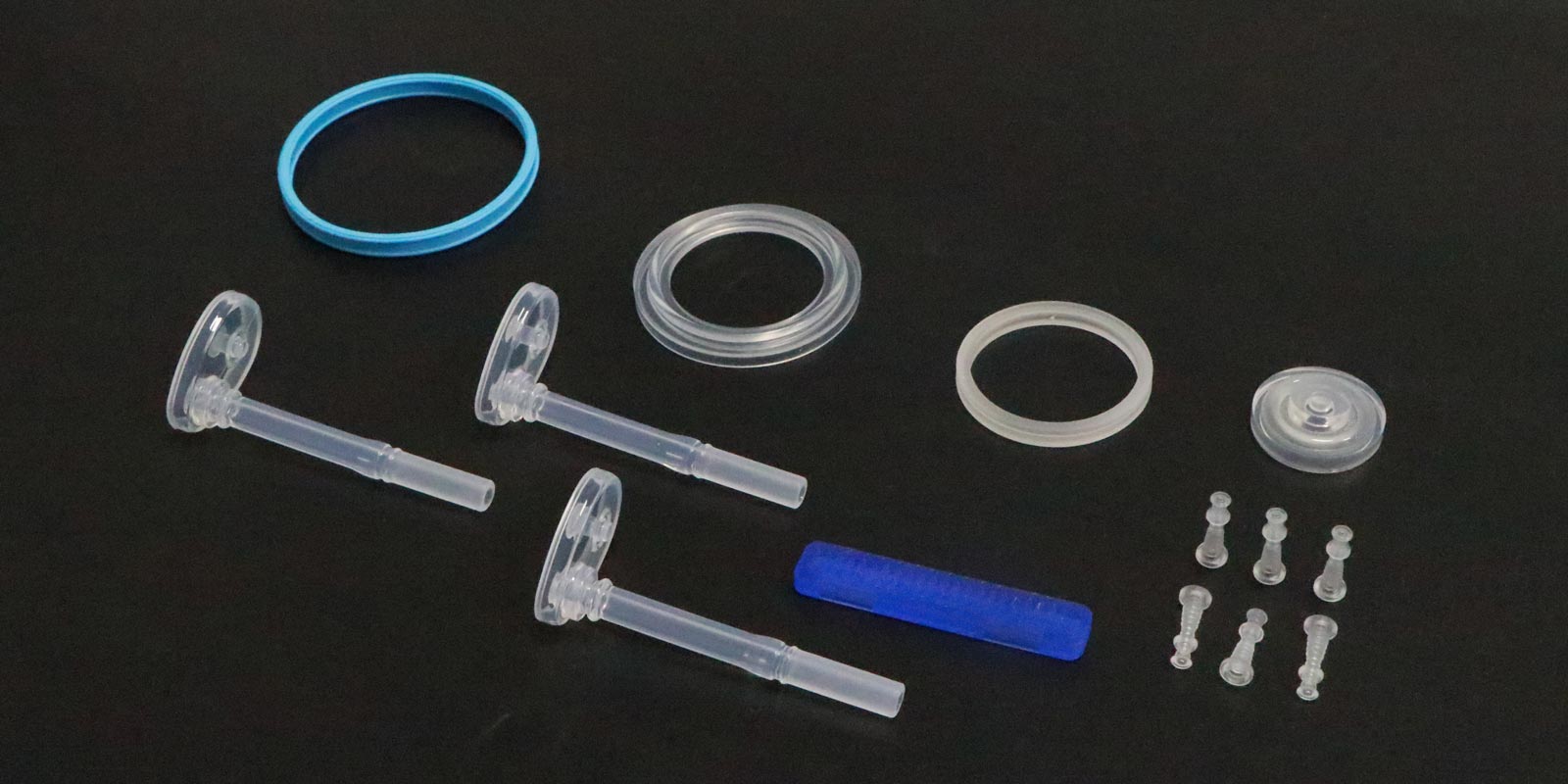


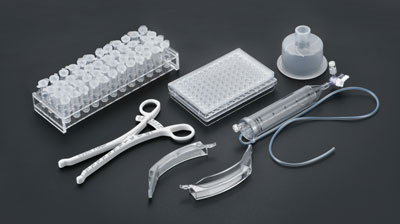








 Home
Home
